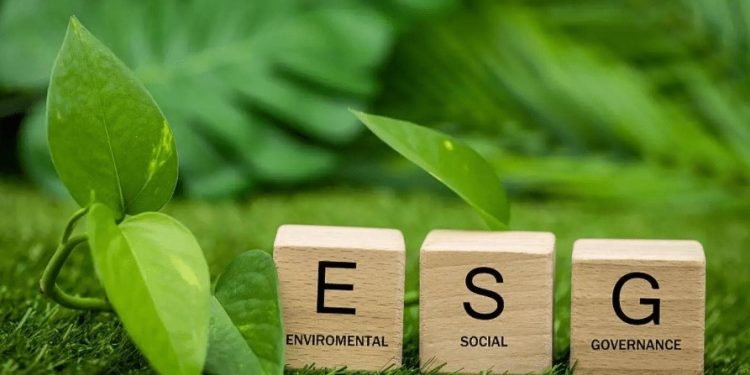This article introduces seven types of ESG bonds in the market.
Green Bonds
Green bonds (also known as climate bonds) refer to bonds that raise funds for projects that are beneficial to the environment, such as the circular economy. The world’s first green bond was issued by the European Investment Bank and the World Bank in 2007.
Social Bonds
Social bonds refer to bonds that raise funds to provide basic services, infrastructure and other social projects for people and communities, such as affordable housing, micro finance, basic medical care, etc. The world’s first social bond was issued by Spain in 2015 to help Spanish small and medium-sized enterprises raise funds.
Transition Bonds
Transition bonds refer to bonds that raise funds for financing high-carbon emission industries, such as the coal industry and the utility industry. Due to the high exposure to fossil fuels in these industries, it is more difficult to obtain financing in the sustainable finance market. Transition bonds can help them obtain financing for low-carbon projects, such as the development of carbon capture and storage technologies, and manufacture of renewable raw materials.
Blue Bonds
Blue bonds refer to bonds that raise funds for ocean and ocean-related projects and achieve positive environmental and economic impacts, such as aquaculture, marine debris management, and marine ecosystem protection. The world’s first blue bond was issued by Seychelles and the World Bank in 2018 to improve marine protected areas and strengthen sustainable fisheries management.
Sustainable Bonds
Sustainable bonds refer to bonds that raise funds to achieve positive environmental and social impacts. The first socially sustainable bond in the United States was issued by Starbucks in 2016, and its funds were mainly used in the coffee supply chain.
Sustainability-linked Bonds
Sustainability-linked bonds refer to bonds that raise funds to achieve improvements in sustainability, which may be related to environmental, social or governance factors. Sustainability-linked bond issuers usually set specific key performance indicators (KPIs). If these KPIs are not achieved within the specified period, the issuer may need to pay a higher coupon.
Sustainable Development Goal-linked Bonds
Sustainable Development Goal-linked bonds refer to bonds that raise funds to achieve the United Nations Sustainable Development Goals (SDGs). The world’s first SDG-linked bond was issued by the World Bank in 2017, with funds mainly used to address poverty and respond to climate change.
Reference:








